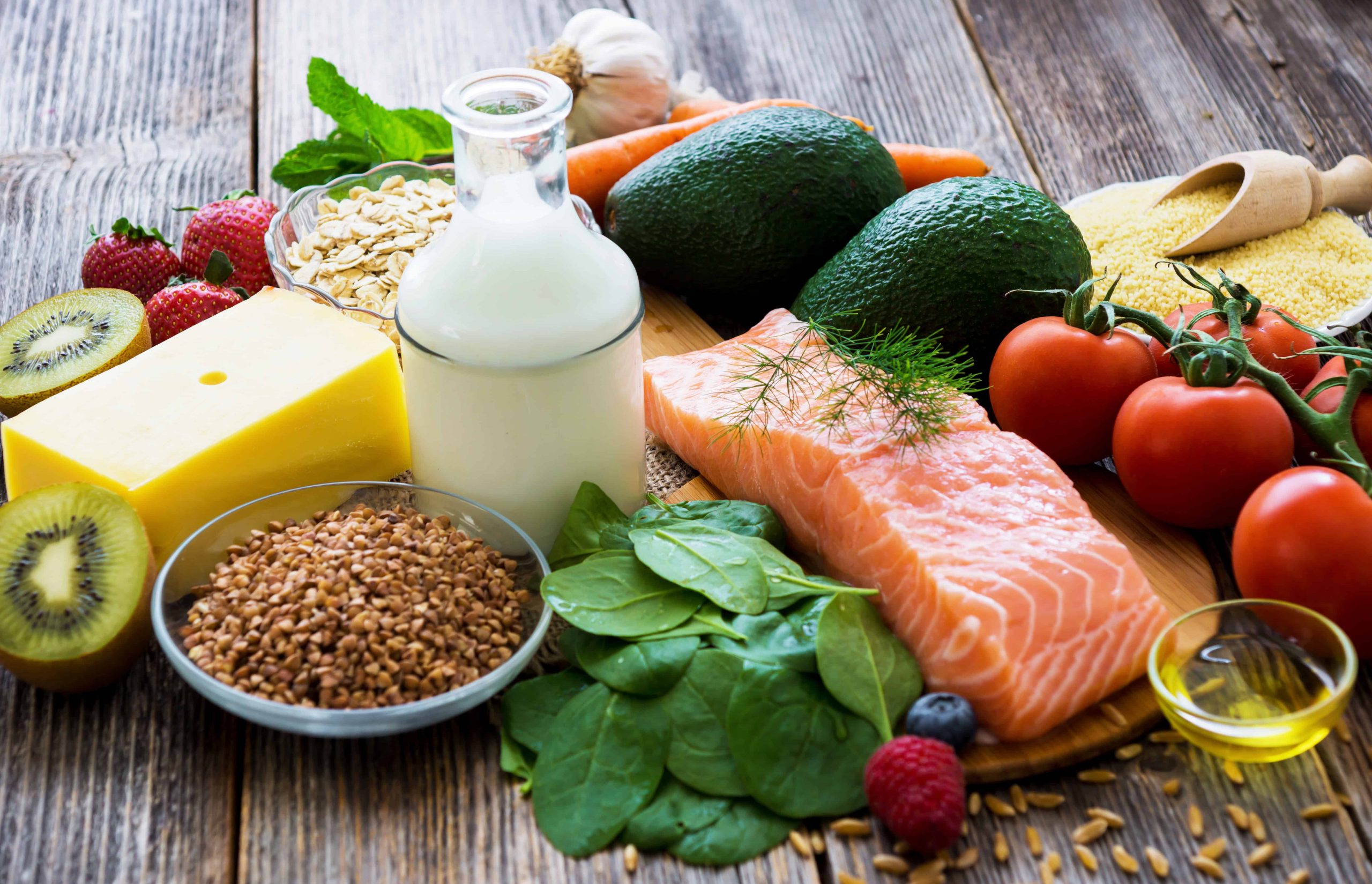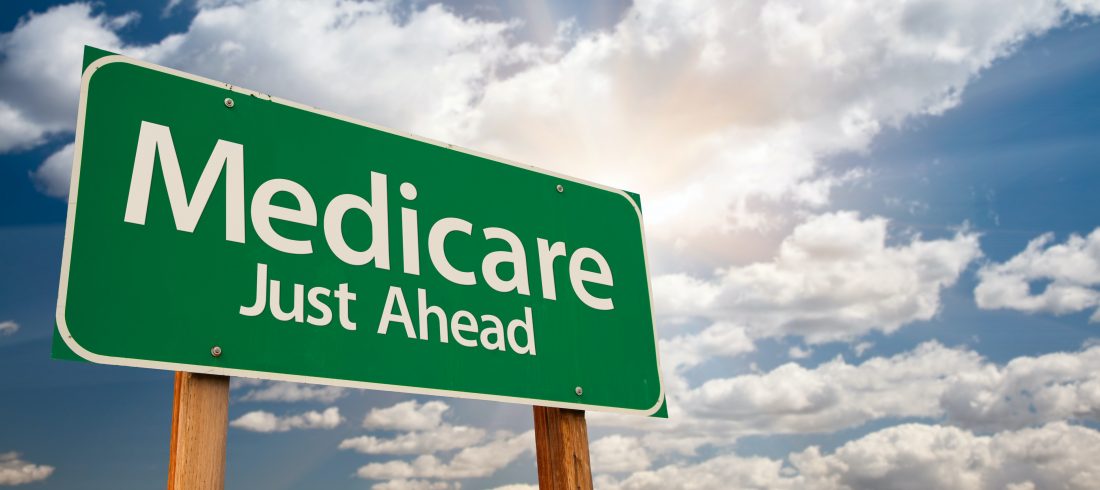In today’s economy, it can be challenging for many individuals to put food on the table due to financial difficulties. This can lead to an inability to afford other essential costs like housing, education, medical care, etc. Luckily, there are multiple sources of support available through the federal government and other private organizations. In this article, we will discuss a specific federal support program, The Emergency Food Assistance Program (TEFAP).
TEFAP 101
The federal government established TEFAP to help people in need get food assistance for free. Americans can benefit from this government program if they meet the eligibility requirements. The program supports eligible people by supplementing their diets. However, it doesn’t directly provide participants with this assistance. Instead, the United States Department of Agriculture (USDA) funds the state governments and gives them food to send to distribution agencies. Then, local agencies, such as tribal organizations and nonprofits, get the USDA food from the distribution agencies. It’s now the local agencies’ mission to distribute this food to local organizations such as food pantries and soup kitchens so that TEFAP recipients can benefit from it.
Generally speaking, the amount of support that each state will get differs depending on some factors. Those factors include the number of jobless people and other eligible beneficiaries living in the state. Not all states will get the same amount of support. Participating in TEFAP means that you have access to free, nutritious food. This is especially helpful if you are experiencing hardship in getting healthy food. Therefore, if you want to get assistance, you should check to see if there are any soup kitchens or food pantries in your area that provide aid to low-income residents.
Alternative Food Programs to Consider
TEFAP is not the only source of food support available. The government has a variety of food assistance programs that may also be helpful. However, it’s important to keep in mind that each program is unique. So, the application process will differ depending on the program. Here’s a list of some of the most popular food assistance programs:
- Special Supplemental Nutrition Program for Women, Infants, and Children (WIC)
- Supplemental Nutrition Assistance Program (SNAP)
- School Breakfast Program (SBP)
- National School Lunch Program (NSLP)
- Special Milk Program (SMP)
Special Supplemental Nutrition Program for Women, Infants, and Children (WIC)
WIC is a nutrition support program that the government provides for those who qualify. This program focuses on a specific group of people, including pregnant women, postpartum women, infants, and children up to five years old. Applicants have to be at nutritional risk in order to get assistance through WIC. This program runs at the state level with federal funds in the form of grants. Those grants are used to provide supplemental food assistance to those who need it.
What Should You Do to Participate in the WIC Program?
WIC is designed to help a specific group of people. As a result, there will be a few requirements you must meet in order to be eligible for this program’s assistance. The administration of this program is the responsibility of the states, although it’s a federally funded program. Local and state WIC agencies run the program, process the applications, and help applicants by providing information and answering questions. So, if you have any concerns regarding WIC or need assistance with an application, contact your local or state WIC office.
What to Expect
When applying for WIC, you will most likely come across what is called “a certification period.” To put it simply, a certification period is a time during which a beneficiary is “certified” to receive benefits. Because this program only lasts for a certain amount of time, assistance will only be available for single or multiple certification periods. However, it differs depending on the application and state. Therefore, you must confirm your location.
Another thing to keep in mind is that WIC uses a priority system. This means that those with the greatest needs would receive services and benefits first. Because of this, it’s common to get on a waiting list. This is due to the high demand for the program and the limited resources available. So, there may be a waiting period before you start receiving benefits, especially if there are already many others who would like to take advantage of the same opportunity.
Supplemental Nutrition Assistance Program (SNAP)
SNAP is an excellent opportunity for food assistance. In general, many low-income Americans benefit from this program, also known as food stamps. The program helps its participants with monthly payments that can cover the costs of qualifying grocery items like meat, grains, certain beverages, etc.
This means that some types of groceries do not qualify for SNAP, including non-food items, medicines, alcoholic beverages, and other products. In order to be able to use SNAP money, the program issues Electronic Benefit Transfer (EBT) cards. Beneficiaries can use those cards the same way as a debit card at stores that accept them as a payment method.
How Much Money Could You Expect to Receive From SNAP?
The USDA has provided a chart with the maximum monthly payments that participants might get from this program. It’s important to note that this information is for October 1, 2025, through September 30, 2026, and can change in exceptional situations. The maximum amounts are as follows:
- $298 for a one-person family.
- $546 for a two-person family.
- $785 for a three-person family.
- $994 for a four-person family.
- $1,183 for a five-person family.
- $1,421 for a six-person family.
- $1,571 for a seven-person family.
- $1,789 for an eight-person family.
- $218 for each additional person after eight people.
You should expect different eligibility requirements in each state. Also, not everyone will get the same amount of money. As a result, you can’t expect the actual amount that you will receive. This is because determining your benefit amount depends on things like your income and the size of your family.
School Breakfast Program (SBP)
SBP has the objective of helping schoolchildren get nutritious meals. Congress made this program permanent in 1975, improving the lives of millions of children. It is a federal program available through the Food and Nutrition Service (FNS). It allows states to receive reimbursements for the meals they serve through their nonprofit breakfast programs. These programs typically operate in public schools, non-profit private schools, and residential childcare facilities. Local school food authorities manage the program at the school level, while state education agencies provide SBP at the state level.
National School Lunch Program (NSLP)
Truman’s signature on the National School Lunch Act in 1946 officially established the NSLP. Every year, this program helps millions of kids. Students eligible for this program can get healthy meals every day for little or no cost. This option is available at participating public schools, private nonprofit schools, and residential childcare providers.
Special Milk Program (SMP)
SMP has the goal of helping schoolchildren benefit from the nutrition in milk to improve their health. For kids to get milk through SMP, they can’t participate in any other free or reduced-price food programs. Schools that do not participate in any other federal meal service program may qualify for assistance under this program. However, schools that take part in government programs like NSL or SBP are eligible to participate under specific conditions. These conditions include providing milk to students enrolled in half-day prekindergarten and kindergarten.
How to Get Additional Assistance From the Federal Government
In a lot of cases, if someone needs help to afford the costs of food, they may also need assistance with other types of expenses. This will make it easier for them to handle their finances. Fortunately, there are additional government programs that can help people live more cost-effectively besides food assistance programs. Here are some more government assistance programs to consider:
- Medicaid
- Medicare
- Low Income Home Energy Assistance Program (LIHEAP)
- Weatherization Assistance Program (WAP)
- Public Housing
- Housing Choice Voucher Program
- Children’s Health Insurance Program (CHIP)
- Supplemental Security Income (SSI)
- Social Security Disability Income (SSDI)
In Conclusion
Food costs can be a challenge for people in need. This is why the government provides a number of assistance programs, including TEFAP. It is a wonderful source of assistance that may help local organizations feed people in need. Besides TEFAP, the government provides a variety of food assistance programs that may be really helpful, such as:
- Supplemental Nutrition Assistance Program (SNAP)
- Special Supplemental Nutrition Program for Women, Infants, and Children (WIC)
- Special Milk Program (SMP)
- School Breakfast Program (SBP)
- National School Lunch Program (NSLP)
Not just food, plenty of assistance programs are available for help with different aspects of life. You just need to do your homework and find the best options for your situation.



